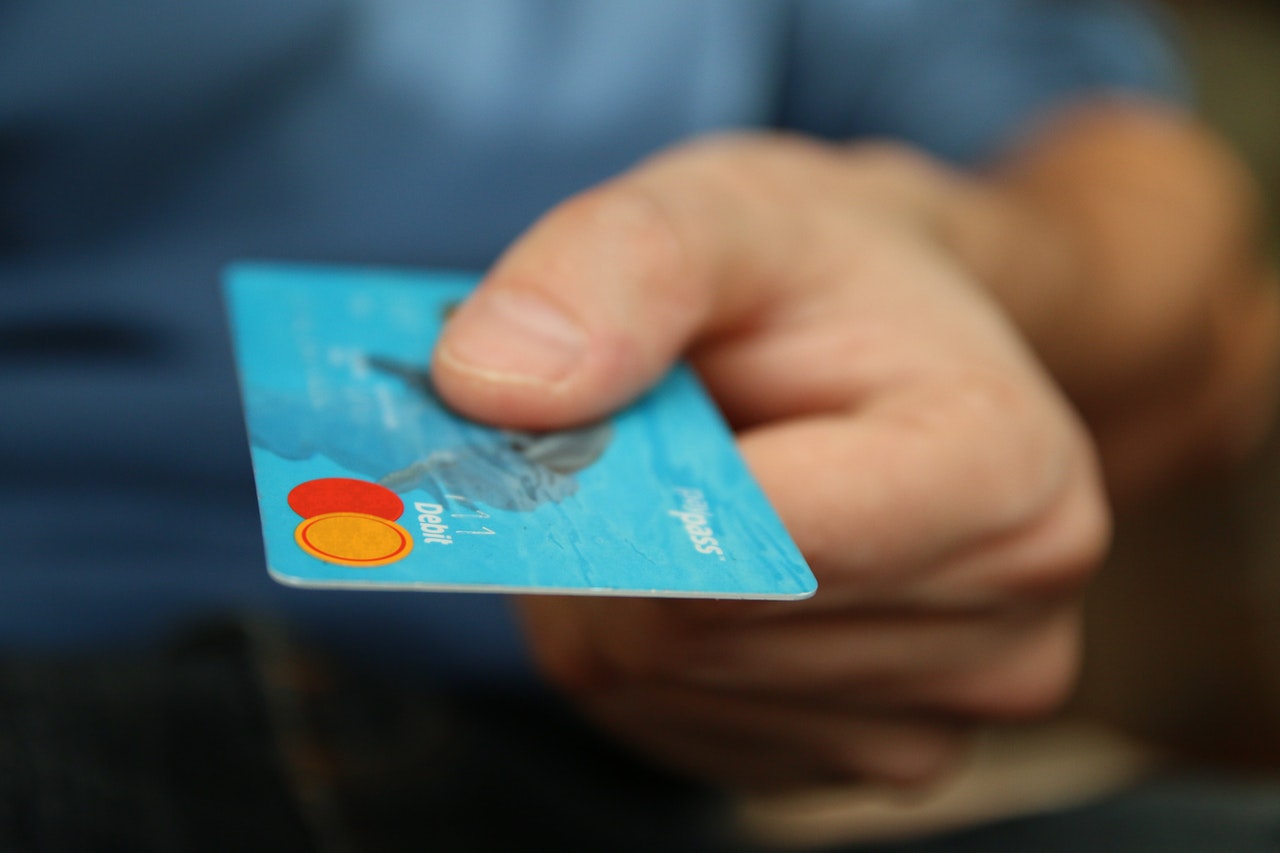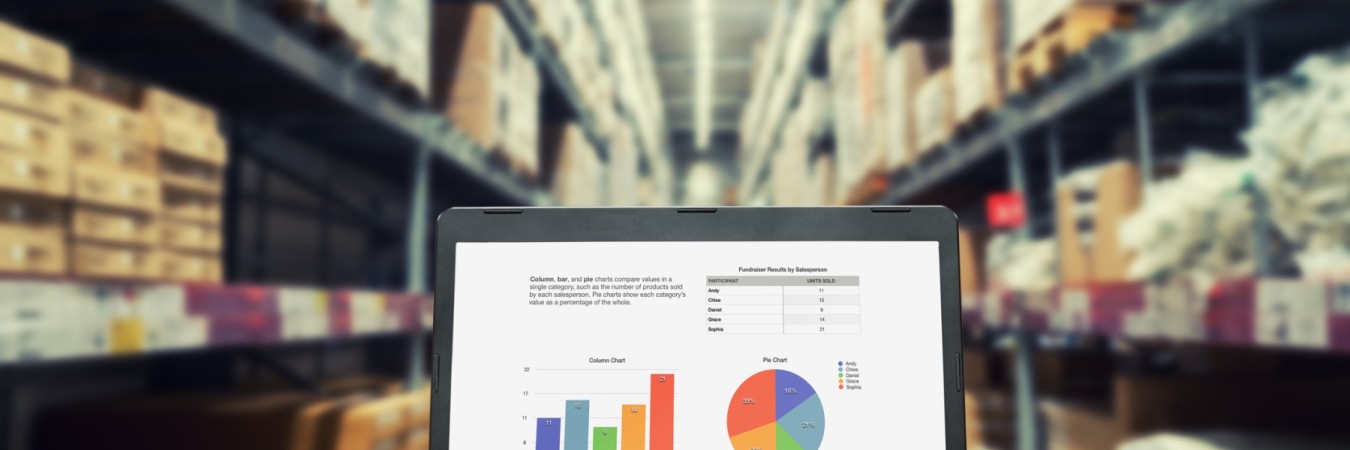Determining the Price of a Product: Tips and Methods
Hey there! Have you ever been curious about how the price of a product is determined? As an entrepreneur about to enter the e-commerce world, I understand this is an important aspect. Don't worry; I'm here to help! In this article, we'll explore various ways to determine the price of a product, taking into account factors such as purchase costs, branding, and even the psychology behind pricing. Let's get started!
How do you calculate the price of a product?
The price of a product can be determined in different ways. Generally, we start with a base cost and add a margin. That margin can vary depending on what you want to earn from the product, the competition, and the product type. For example, luxury goods tend to have higher margins than everyday products. Determining the right margin depends on desired profit, market competition, and the value consumers are willing to pay.
What is the formula for your cost price?
The formula for cost price can be expressed as follows
Cost Price = Purchase Costs + Overhead Costs + Other Costs
Purchase costs refer to the expenses incurred in buying the product from the supplier, including shipping or transportation costs. Whether you're a dropshipper or manage inventory, you always have a cost price.
In addition, there are overhead costs. These indirect costs, such as employee salaries, rent, and electricity, are associated with your business operations. Lastly, there are other costs specific to the product, such as marketing and packaging costs.
What methods are there to calculate the cost price?
Cost price is an important factor in determining the price of a product. Calculating the cost price can be done in various ways, depending on the complexity and characteristics of your business. There is no right or wrong method, but rather a preference for each entrepreneur. Here are some commonly used methods:
1. Standard Costing
2. Activity-Based Costing (ABC)
3. Direct Costing
4. Value-Based Pricing
1. Standard Costing:
In this method of determining cost price, predetermined costs are used. The costs are specified for different components and processes, which are added to obtain the total cost price.
To calculate the total standard cost price, we add up the costs of all components and steps. For example, for a chair with these costs, the total standard cost price would be:
€20 (wooden frame) + €10 (upholstery) + €5 (foam filling) + €3 (customs fees) + €2 (cutting wooden frame costs) + €4 (shipping the chair) + €1 (packaging costs) + €5 (shipping costs to the customer) = €50.
So, the standard cost price of one chair is €50.
2. Activity-Based Costing (ABC):
This method allocates costs to different activities or process steps. By accurately assigning costs to specific actions, you get a more detailed view of the cost price of a product.
For each activity, we need to determine the costs. Let's say the purchasing activity costs €1000, the shipping activity costs €500, and the customs clearance activity costs €300. Let's assume we imported 100 chairs.
For the purchasing activity: €3700 / 100 chairs = €37 per chair.
For the shipping activity: €500 / 100 chairs = €5 per chair.
For the customs clearance activity: €800 / 100 chairs = €8 per chair.
If you want to make a profit margin based on the purchasing activity, such as a 50% profit on €37 (so €18.50), note that it's not a 50% profit margin on the total costs. This can make a big difference in your business strategy.

3. Direct Costing:
With direct costing, only the direct costs attributed to the product, such as purchase costs, are included in the price. Indirect costs like overhead costs are not considered in the cost price. However, they can still influence the overall pricing of a product.
Instead of figuring out the costs per product, for example, shipping labels, costs of your fulfilment centre, and commissions to Bol or Amazon are grouped together as one total indirect cost. In this case, a collective cost of €1300.
The purchase cost for the chair would then be €37 per chair. Shipping, Commission, Marketing, and Customs Clearance costs are categorized as one total indirect cost and are not allocated per product.
4. Value-Based Pricing:
This final method of determining the cost price of a product takes into account the value customers associate with the product. The price is determined by weight, competition, and customer perception. It's not just about the cost price but also the changes in consumer demand and the product's position in the market.
This method is the most "real." We recommend looking at your competitors' prices as much as possible and offering a better product at a better price based on their pricing. For example, adding an extra feature, providing better quality, or a branded product. This way, you avoid engaging in a price war with the competition.
Remember, the ultimate price determination of a product also depends on factors such as market research, competition analysis, and your business strategy. The methods mentioned above are theoretical calculations, and the execution depends on your business and strategy.

Pricing and the use of psychological prices
Now that we know how to determine a product's cost price, it's interesting to look at the psychology behind prices. Prices have a significant impact on consumer buying behaviour. Here are some effects of psychological costs:
Prestige and Perceived Quality
Consumers often associate prices ending in .99 or .95 with discounts or deals. This gives customers the idea of getting a good deal and can enhance the perceived value and quality of the product.
Price Comparison
Psychological prices make it easier for consumers to compare prices between products. Consumers tend to compare products with similar prices and choose based on factors such as brand or additional features.
Illusion of Lower Costs
By lowering prices to a psychologically appealing amount, consumers' perception of the costs can be reduced. This can encourage them to make a purchase sooner. For example, suppose your listing on Bol or Amazon is right below your competitor's, but you charge just a few cents less. In that case, it may persuade the customer to choose your product. Note: Don't go €5 lower than your competitor! It's just a few cents difference. For example, €29.95 and €29.21. This has minimal impact on your profit margin but a good chance of increasing sales.

We're happy to help with determining the price of your product
Discover the power of e-pickr® today! With our advanced tools, Salespickr, Nichepickr, Alibabasourcr, and Calculatr, you'll be fully equipped to determine the prices of your products and maximize profits.
Don't wait any longer and gain an edge over your competition. Analyze the price trends of your rivals with Salespickr and stay up-to-date with average market prices through Nichepickr. Know exactly what you're paying for your purchase costs with Alibabasourcr, so you can accurately calculate your margins.
And that's not all. With our ultimate tool, Calculatr, you'll gain insights into your profit margins and know precisely where your break-even point lies. No more guesswork, just a solid foundation for determining your prices. Take control of your pricing strategy and take a step toward success today.

